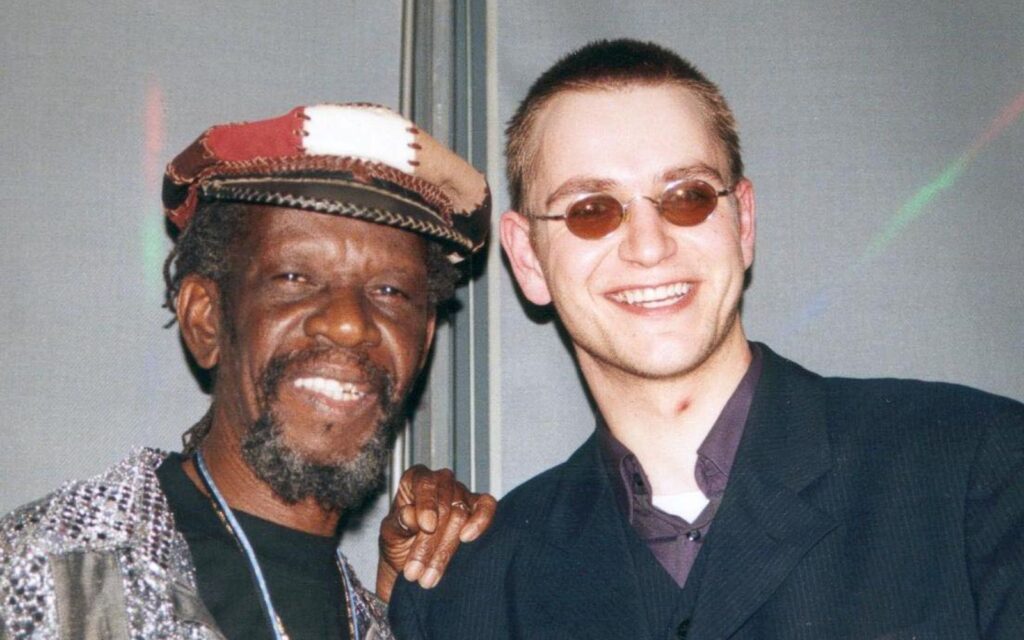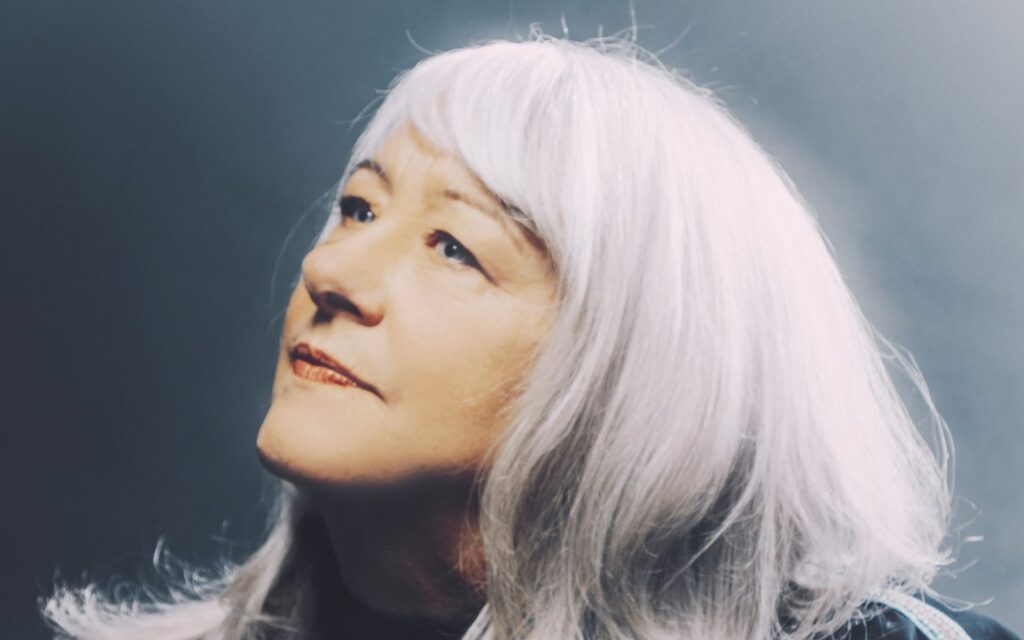In part two of our look at the history of live music in St Kilda series, and for all remaining parts, we chat with Simon Myers, co-venue manager of Memo Music Hall, the iconic performance venue in the heart of St Kilda, which is run in partnership with the RSL.
Simon provides indispensable insight as a St Kilda native who grew up in the area through the bustling music period of the 70s and 80s.
Keep up with the latest music news, features, festivals, interviews and reviews here.
St Kilda’s traditional owners
The Yaluk-ut Weelam people originally occupied the area we now call St Kilda and were the northernmost clan of the Boon Wurrung. From these people, it was here that the first music was played in the area called Euro-Yroke, meaning the ‘grinding stone place.’
It is important to note that in 1839, Benjamin Baxter began grazing cattle on a significant portion of the Yaluk-ut Weelam region, deeply impacting the Aboriginal people and their sacred lands, waterholes, and food sources, which were decimated by the presence of livestock. Their way of life, including their freedom of movement and cultural practices, was severely disrupted, and within a brief period following the settlement, they began experiencing the devastating consequences of starvation and disease. As we document the changes to St Kilda and the rise of the music scene, we acknowledge that sovereignty has never been ceded, and it always was and always will be Aboriginal land.
Victoria’s first ever Live Music Precinct finds home in St Kilda
The first music venues in St Kilda
In 1857 the first train line ran from the city to St Kilda, and opposite the new railway station, the Terminus Hotel popped up, renamed nine years later to the George. Architect H. B. Gibb was tasked with designing an extension that would become an iconic circular corner tower that would eventually become The George Ballroom.
It is around this time that St Kilda grows in popularity as a place to hang out. The New Bath Hotel is built on the site of the Esplanade Hotel and in November 1860, hosted an exhibition for the St Kilda Horticultural Society at which the 40th Regiment played, marking the first-ever musical performance on the site of The Espy. A year later, the venue is renamed the Criterion, a spot that regularly hosts small string quartets and bands. With major renovations in 1878, the name was once again changed to The Esplanade Hotel (during which time it received a visit from Mark Twain!).
In 1901, the Duke and Duchess of York opened the first national parliament making St Kilda part of the newly federated country of Australia and an entry point for many high-profile visitors. A few years after this, the St Kilda to Brighton Electric Tramway makes it easier for those in the Elwood area and Brighton beachfront to visit the happenings in St Kilda. This is perfect timing as the foreshore is gradually transformed, including some big amusement drawcards attracting thousands of new people.
Luna Park draws the crowds
1912 saw the opening of St Kilda’s first enclosed cinema and Luna Park, which was illuminated by 15,000 electric lights, an attraction strange enough in those times to draw 22,300 people on opening night. This helped to cement St Kilda as an entertainment destination as live acts were the main attraction. A full band played while people watched high-wire artists, performing animals and other circus-style acts. James Dixon Williams, a Canadian who owned cinemas in Melbourne, built Luna Park inspired by a visit to Coney Island before returning to the States to start a production house that would eventually become Warner Bros.
Early stages of the jazz scene
Jump forward a few years to 1920, and more renovations and additions occur on the foreshore as part of a decade of subdivision. Apartments are replaced with larger homes and gardens, and the Espy adds a ballroom which helps the venue become a premier jazz and dance venue. As Simon mentions, “In that early era, there was a hell of a lot of live music in the area. Memo was built in 1924 and was also originally a dancehall before becoming a cinema. My parents would go to dances at the Palais de Danse, which was a large dance hall located next to the Palais Theatre; the Powerhouse on Albert Park Lake was another big dance spot in that area.”
Music was held every night in 1924 in the Eastern Tent Ballroom, where evening dress was made optional (open sea bathing was also legalised around this time, which was a big deal). Overseas jazz musicians were imported, and plenty of local musicians were encouraged to play at the venue.
The St Kilda foreshore area was one of Melbourne’s primary entertainment districts around this time, featuring dance halls, four cinemas (including the 3000-seat Victory Theatre), baths, hotels and even an ice rink. It was such an attraction that even the Prince of Wales paid it a visit in 1920. “A lot of bohemian artists would come to St Kilda to stay because of where it was situated. In the 30s, lots of jazz musicians jammed in the Galleon Cafe Lounge and the Plaza Cafe on the corner of Barkly and Acland Street,” mentions Simon. “When you have that pedigree, it affected what was certainly the glory period through the 70s and 80s. If it wasn’t for that early era, everything in St Kilda would be very different.”
St Kilda’s early prominence epitomised one of Melbourne’s golden eras and set the stage for the jazz-fuelled revolution to come, which saw even more venues spring up like the Palais and National Theatres. Keep an eye out for part three, where we’ll dive further into this period.
Victoria’s first ever Live Music Precinct finds home in St Kilda
To find out more information about the St Kilda Live Music Precinct, head to the website here.
This article was made in partnership with City of Port Phillip.







